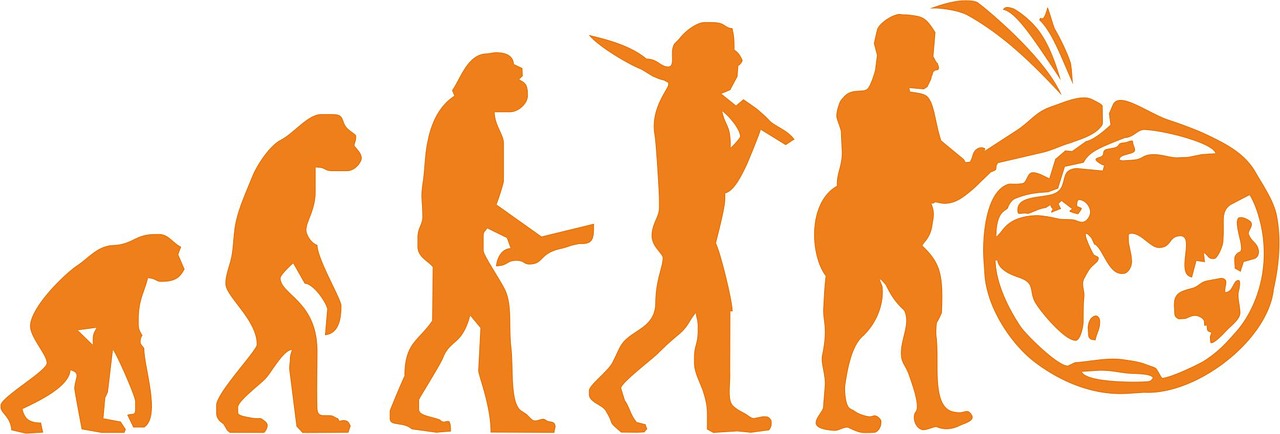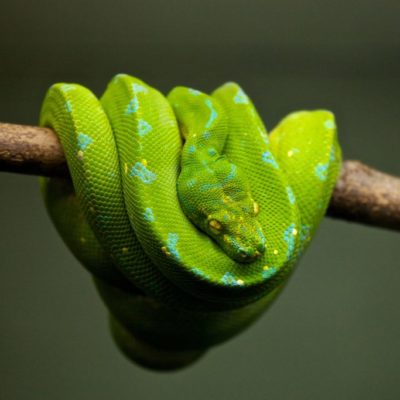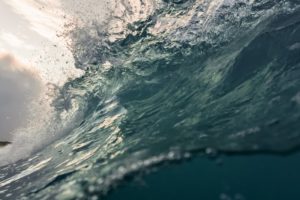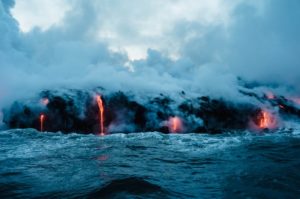
Mommy explains the Mysteries of Black Holes.
Explain to children in kid friendly terms what a black hole is and how it works. This is built as a conversation between my daughter and myself for interactive learning for kids.
Akku: Mom, I heard about something called a black hole in my science class today. Can you explain to me what it is?
Sure, Akku. A black hole is a region of space where the gravitational pull is so strong that nothing, not even light, can escape from it. It’s formed when a star collapses in on itself, creating a point in space with an extremely high density.
Akku: That sounds really strange. How can a black hole be so heavy if it’s just a point in space?
Well, the mass of a black hole is concentrated at its center, called the singularity. The gravitational pull of the singularity is what makes it so heavy. And because the gravity is so strong, it can bend light and distort space around it.
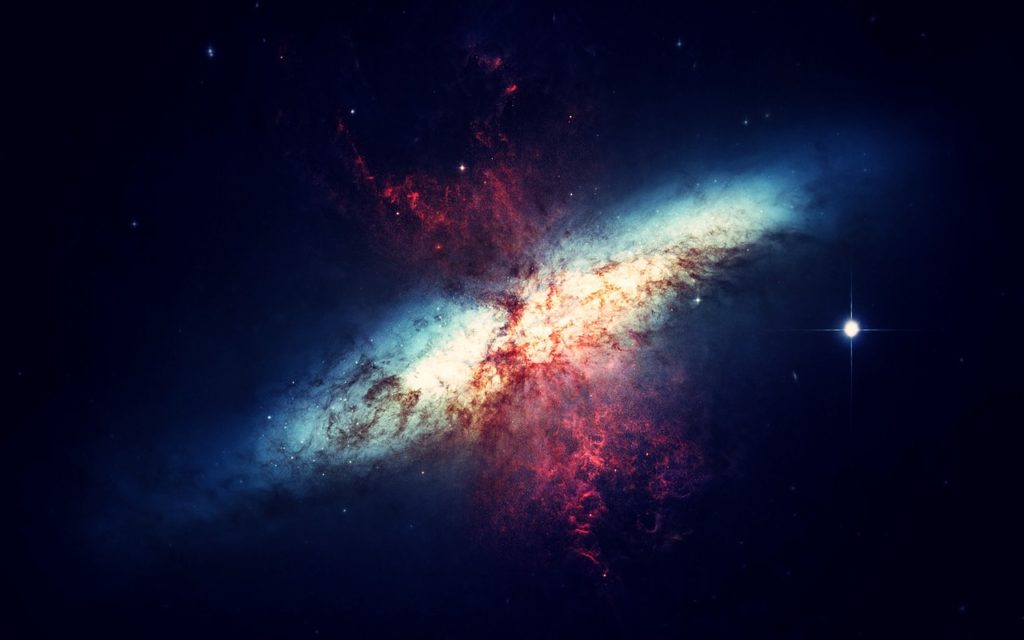
Akku: Wow, that’s really cool! But how do scientists know that black holes exist if they can’t see them?
Scientists have several ways of detecting black holes. One way is by looking for the effects of a black hole on nearby objects. For example, if a black hole is orbiting a star, it will cause the star to move in a way that can be detected by telescopes. Scientists can also look for the high-energy radiation that is produced when matter falls into a black hole.
Akku: That makes sense. But what happens to the matter that falls into a black hole? Does it just disappear?
The matter that falls into a black hole is thought to be compressed into an extremely small and dense state, called a singularity. It’s not clear what happens to the matter after it reaches the singularity, but some scientists believe that it could be transformed into energy or even spat out into another part of the universe.
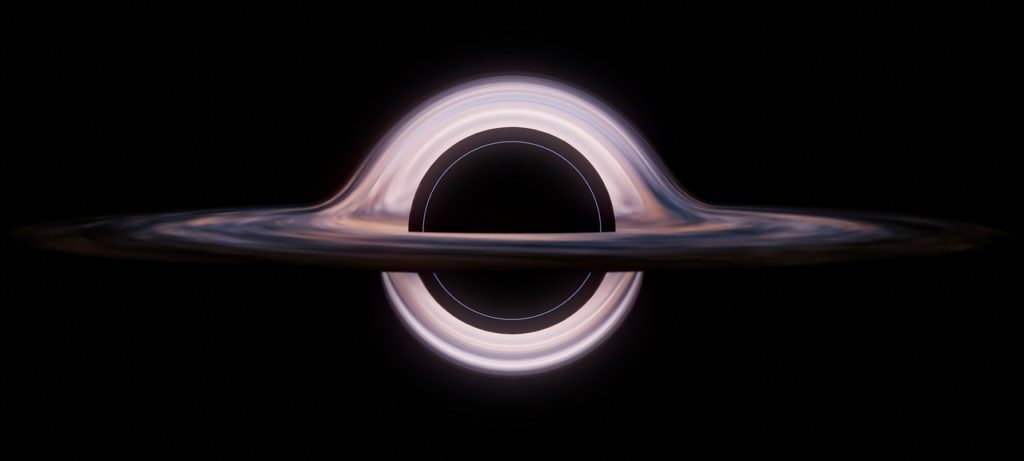
Akku: That’s really interesting. Are there different types of black holes?
Yes, there are three main types of black holes: small, medium, and large. Small black holes are the smallest type and can be as small as an atom, but they have the mass of a mountain. Medium-sized black holes are about the size of a city and have the mass of a star. Large black holes are the most massive and can be as large as a galaxy, with masses that can be billions of times the mass of the sun.
Akku: Wow, that’s a lot of mass! But how close can we get to a black hole?
It’s not possible to get too close to a black hole, as the gravitational pull would be too strong and you would be pulled in. However, it’s safe to observe black holes from a distance using telescopes and other instruments.
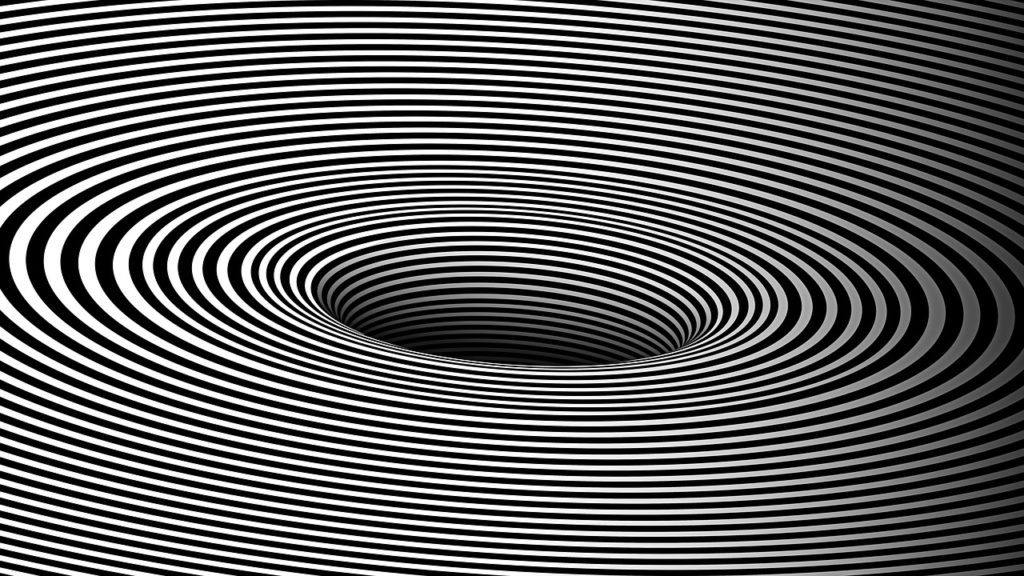
Akku: Okay, I’ll make sure to stay far away from black holes then. Thanks for explaining it to me, Mom. I feel like I have a much better understanding of what black holes are now.
You’re welcome, Akku. It’s always important to learn about the mysteries of the universe. Do you have any other questions about black holes or anything else?
Akku: No, I think I’m good for now. But I’m sure I’ll have more questions in the future.
That’s great. I’m always here to help you learn and answer any questions you have.
